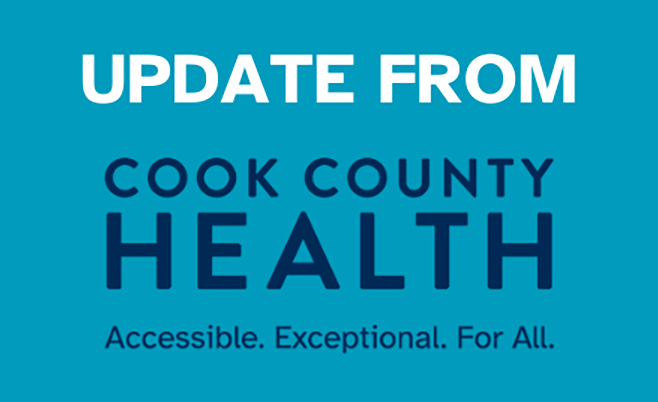Patients with diabetes or renal failure are at high risk for deadly and debilitating vascular diseases, however, the most common imaging tool to evaluate the blood vessels uses a contrast agent that can further damage the kidneys. Radiologists at the Cook County Health (CCH) are studying non-contrast magnetic resonance angiography (MRA) as a viable alternative for patients with chronic kidney disease and those prone to allergic reactions to contrast agents.
MRA is a non-invasive advanced imaging study that uses magnetic resonance imaging (MRI) to evaluate blood vessels and help identify arterial disease and abnormalities. Gadolinium, the contrast agent that is commonly used, has been linked to Nephrogenic Systemic Fibrosis (NSF), a debilitating disease in patients with kidney impairments. Dr. Dheeraj Reddy Gopireddy, Diagnostic MRI and Imaging Program Director at CCH, is studying a new MRA technique using the patients’ own blood as a contrast agent that he says is providing images as good and sometimes better than gadolinium.
“With these advances we can now study the vascular system of our patients with renal failure or diabetes and elderly patients without doing additional harm. This is a population at very high risk for heart and vascular disease that requires repeated imaging for accurate diagnosis and timely interventions. Previously there just wasn’t a good way to provide periodic evaluations,” said Dr. Reddy.
Other imaging options include CT angiogram and ultrasound. However, Dr. Reddy notes that the repeated exposure to CT radiation can be detrimental and ultrasound does not always provide clear images, especially if the patient is obese.
In addition to being a safer alternative for patients at risk of renal failure, Dr. Reddy says the non-contrast techniques are less expensive, require less time than a standard MRI with contrast and the patient can be rescanned immediately if necessary, an option not available with contrast MRI or CT.
Dr. Reddy notes that performing non-contrast MRA requires a high training curve and should only be performed at hospitals with extensive technical skills.
“Our MRI team has mastered these techniques at John H. Stroger Jr. Hospital due to the high prevalence of diabetes and kidney disease in our patient population,” said Dr. Reddy. “We have found that it is especially helpful in patients with complicated cases.”
According to the American Heart Association, adults with diabetes are two or four times more likely to have heart disease or a stroke than adults without diabetes. At least 68-percent of people age 65 or older with diabetes die from some form of heart disease.
Dr. Reddy and colleagues presented a poster “Can We Do Without IV Contrast?” Role of Advanced Non-Contrast Imaging Techniques to Evaluate Complex Vascular Anatomy” at the Society for Magnetic Resonance Angiography’s (SMRA) 28th Annual International Conference, which was held in Chicago September 21 – 23, 2016. The annual conference is widely recognized as the premier international conference in Magnetic Resonance Angiography. Each year, prominent researchers and clinicians come from all over the world to attend this event and present their most up to date research results and exchange ideas.
Contact:
Kim Waterman, Communications Manager
312.864.3912 (o)
312.405.7474 (c)
[email protected]

